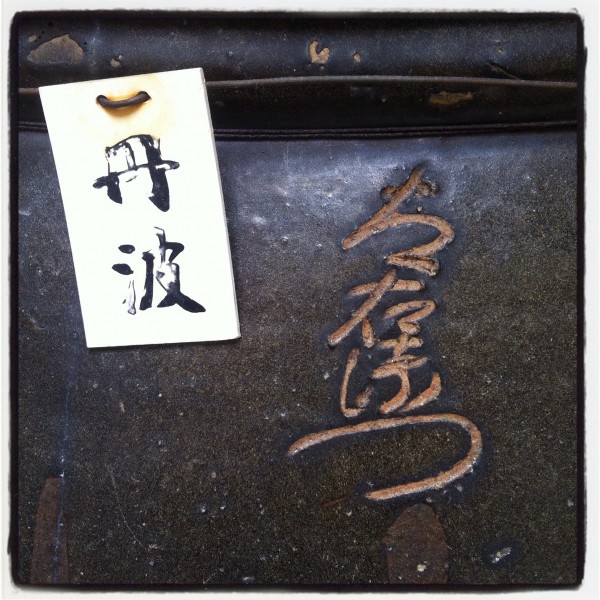
The word washi translates as Japanese paper, and contrary to popular belief Japanese paper is not made from rice. Most sheets are produced from the inner bark of Mulberry trees, that are grown as large shrubs and harvested once the branch reaches 2 inches in diameter. The branches are stripped of their outer bark and then processed into pulp to create a strong yet translucent sheets of paper. I was curious as to how the pulp was processed and how the actual sheets were made so in August 2014 I traveled to the Island of Shikoku, just Southwest of Osaka, Japan, to take part in a papermaking workshop sponsored by the Awagami Paper Company.
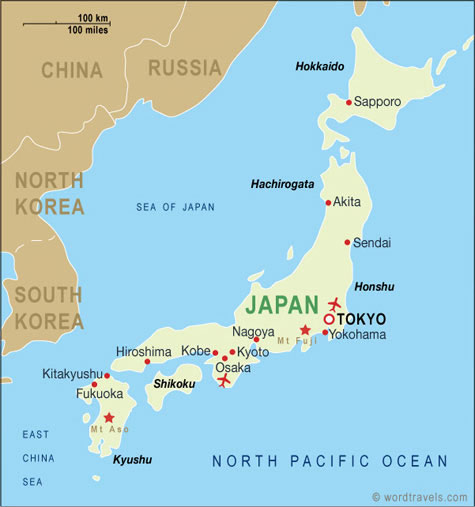
For 5 days 13 other individuals around the globe and I learned the art and poetry of washi papermaking. We started with scraping the outer layers of bark from already stripped branches. The warn white fibers remaining were then cooked and beaten in order to create the pulp for paper.
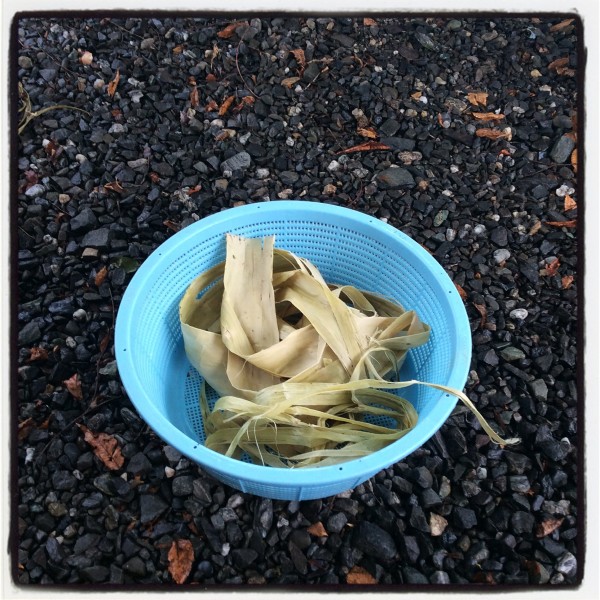
Mulberry bark with the outer layer removed
Once the Mulberry pulp in beaten to the proper length it is suspended in water. The sheets of paper are made by pulling a bamboo screen with a frame (called a deckle) around it through the vat of water and pulp. Once the fibers settle evenly on the screen the water is drained off the is deckle removed and the sheet of paper is laid down on a felt blanket. The paper is then pressed and dried.
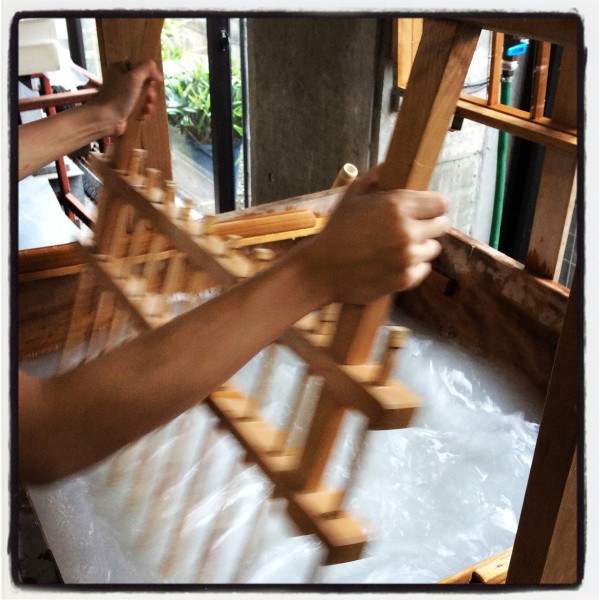
Pulp being agitated in the water vat
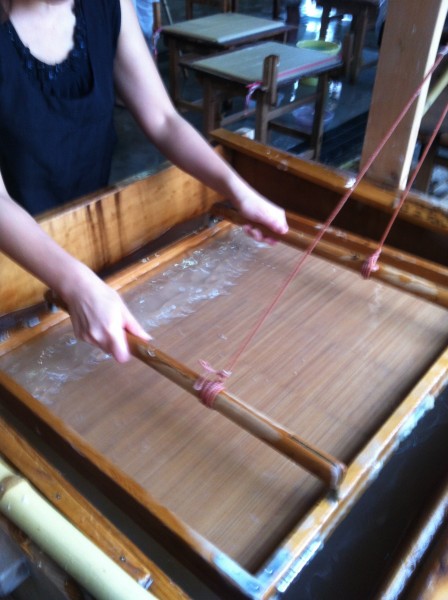
Forming Paper on the Bamboo screen
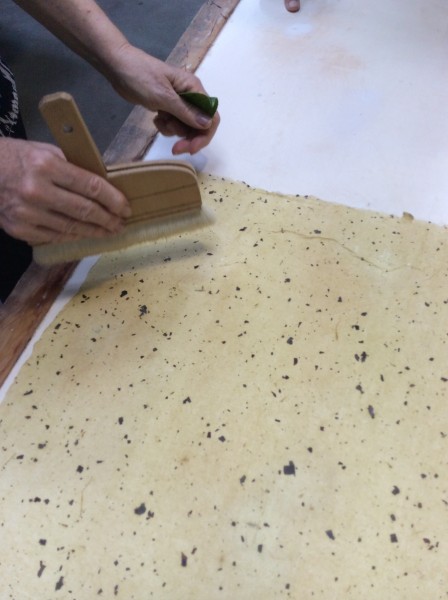
Each sheet is then carefully brushed onto smooth boards and allowed to air dry
While at the workshop a catagorie two typhoon passed over us with dramatic effects.

Leave a Reply